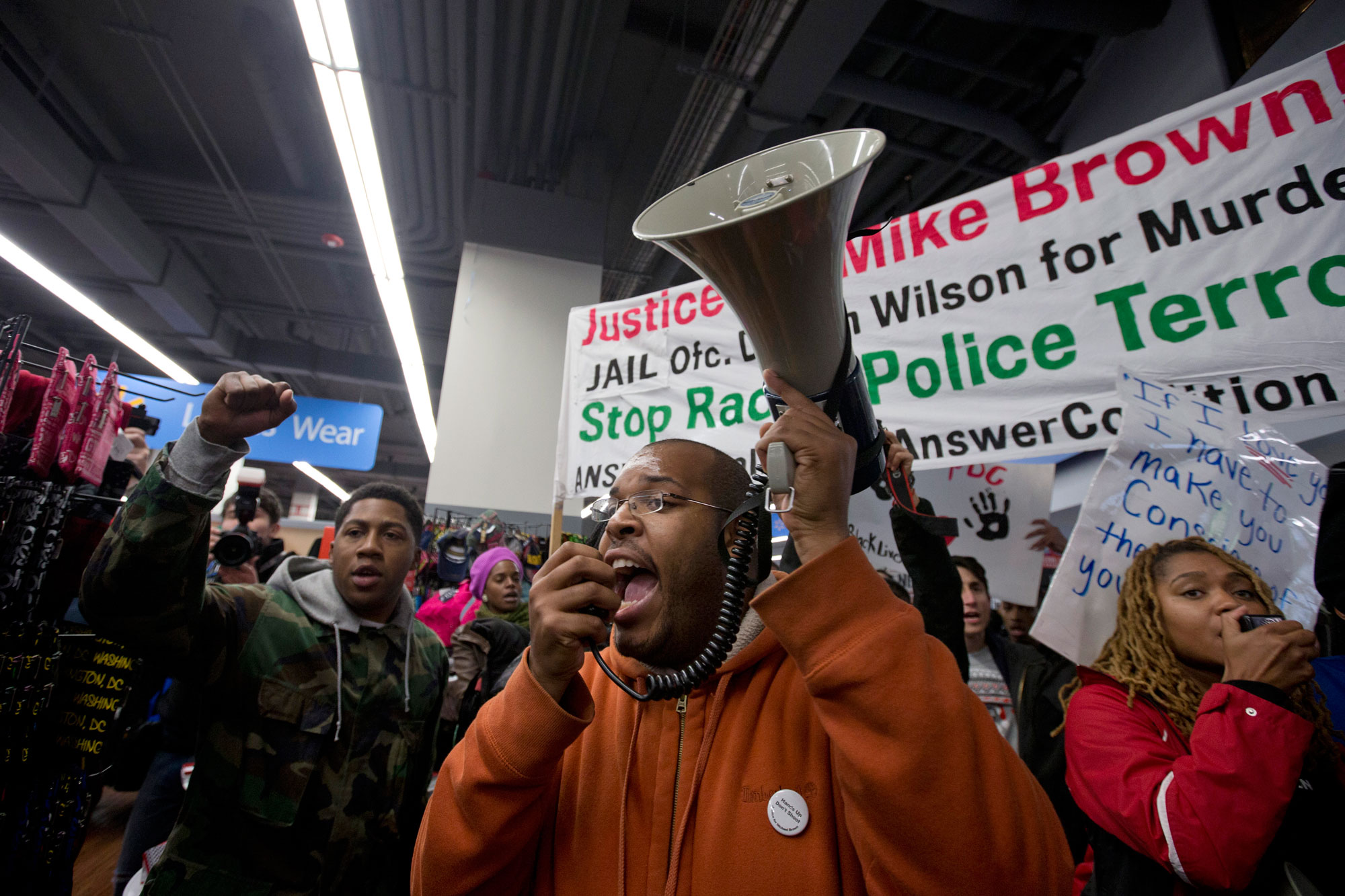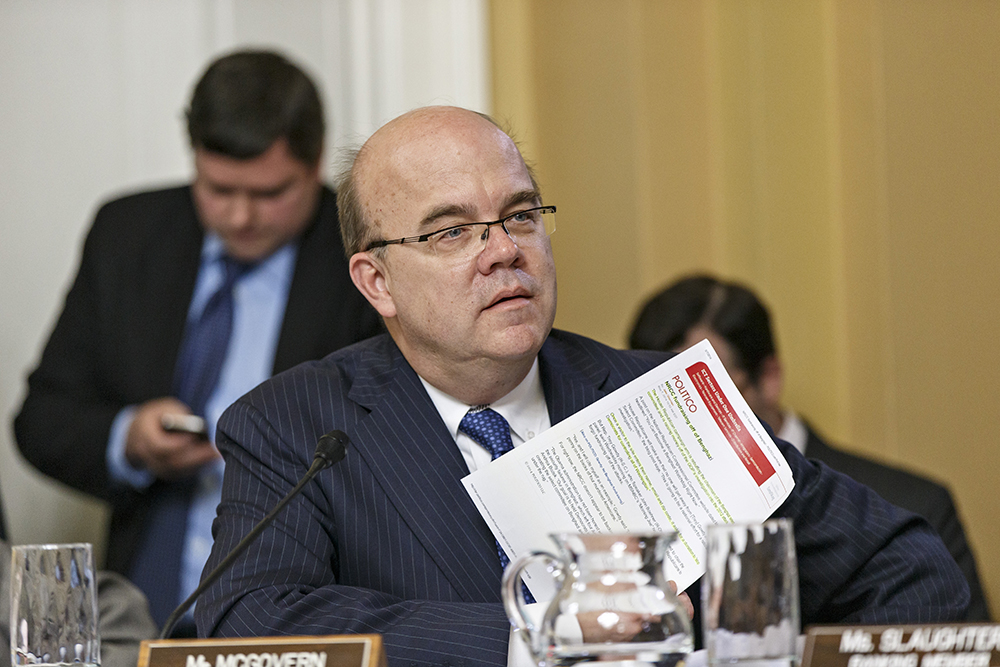Today, the Trump administration unveiled guidelines that allow states to take Medicaid away from people who can’t find jobs—for the first time in the program’s 50-year history. According to a letter issued today from the Centers for Medicare and Medicaid Services (CMS) to state Medicaid directors, states will now be allowed to strip Medicaid coverage away from most working-age people The new policy will apply to “non-elderly, non-pregnant adult Medicaid beneficiaries who are eligible for Medicaid on a basis other than disability” if they aren’t working or participating in qualifying work activities for a set number of hours per week.
New analysis from the Center for American Progress estimates that as many as 6.3 million people could be at risk of losing Medicaid under this new policy.
Get TalkPoverty In Your Inbox
Adding so-called “work requirements” to Medicaid has long been on GOP leaders’ wish list. Most recently, it emerged as part of Congressional Republicans’ unsuccessful efforts to repeal the Affordable Care Act last year. And Republican governors in a slew of red states have been chomping at the bit to add work requirements to their Medicaid programs; while all eyes were on the health care debate in Congress, at least 10 states requested authority to do so last year alone, with the potential to impact 640,000 people. More states are likely to follow suit after the release of today’s guidance.
While the policy might sound reasonable at first blush, upon closer inspection it’s just another strategy for ripping health insurance away from the people who need it most—unemployed and underemployed workers struggling to make ends meet.
According to the Kaiser Family Foundation, about 25 million working-age people were covered by Medicaid in 2016. Most—roughly 60 percent—were working themselves, and nearly 80 percent lived in working families. And of those not currently working, 6 percent were looking for work, 30 percent reported caregiver obligations, 15 percent were in school, 9 percent were retired, and just over one-third reported facing health problems.
Taking away these people’s health insurance isn’t just cruel; it’s wildly counterproductive. Study after study shows that having health insurance is associated not only with better health but also with increased work capacity, which translates into higher wages and earnings. Medicaid plays a central role in making it possible for people with disabilities and chronic health conditions to work, as it is the nation’s largest provider of home- and community-based services such as personal attendant care.
History also shows that work requirements not only fail to improve long-term employment outcomes—they actually leave people worse off.
In 1996, as part of the legislation that famously “[ended] welfare as we know it,” Congress converted Aid to Families with Dependent Children into Temporary Assistance for Needy Families (TANF) and introduced a new policy requiring most adult recipients to participate in qualifying work activities as a condition of receiving cash assistance. While some TANF recipients did initially experience gains in employment—thanks in large part to the strength of the labor market during the booming economy of the 1990s—those gains ultimately proved to be short-lived. Few TANF recipients were able to secure stable, long-term employment with decent wages. Many others were unable to meet TANF’s stringent work requirements at all, due to employment barriers such as caregiving obligations, health problems, low levels of education, and criminal records. As a result, they were left without assistance even though they hadn’t found work.
Notably, while the letter sent to state Medicaid directors today says Trump’s new policy won’t apply to pregnant women or people receiving Medicaid on the basis of disability, the guidance itself admits that this will fail to protect the many people with disabilities and health conditions who don’t fall into that bucket, noting: “CMS recognizes that individuals who are eligible for Medicaid on a basis other than disability (and are therefore classified for Medicaid purposes as ‘non-disabled’) may have a disability under the definitions of the Americans with Disabilities Act.”
A study by researchers at the University of Michigan released in December suggests that people with disabilities and health conditions make up a large part of the population at risk of losing Medicaid under this cruel new policy. Two-thirds of Medicaid enrollees in that state who were not currently working reported a chronic physical illness, 35 percent reported having a diagnosed mental illness, and one-quarter reported having a physical or mental condition that interfered with their ability to function at least half of the time.
Meanwhile, the letter also concedes that many people may need “supportive services” such as job search help, child care assistance, transportation, or disability-related supports in order to work. But it goes on to make clear that states cannot use federal Medicaid funds to provide these types of services and supports.
In short, work requirements don’t help anyone work. Rather, at their core, work requirements are premised on a set of myths about poverty. First, that “the poor” are some stagnant group of people who “just don’t want to work.” Second, that anyone who wants a well-paying job can snap her fingers to make one appear. And third, that having a job is all it takes to not be poor.
Reinforcing these myths is core to Trump’s divide-and-conquer playbook. That’s why he’s so keen to smear Medicaid and other popular programs as “welfare”—a term with a deeply racially charged history, evoking decades of racial stereotypes about who is poor in this country. By using dog-whistle terms like “welfare,” he’s betting that he can paint people who turn to Medicaid and other public programs to make ends meet as modern-day “welfare queens” so we don’t notice that he’s coming after the entire working and middle class.
Meanwhile, a big part of the story here is an unforgiving low-wage labor market dominated by poverty wages and unpredictable work schedules. A minimum wage worker in 2016 had to clock an additional 244 hours to earn the same amount in real terms as she did the last time Congress raised the federal minimum wage back in 2009. As a result, many low-wage workers need to turn to public programs such as Medicaid and nutrition assistance, which have come to function as work supports when wages aren’t enough.
If Trump wanted to keep his campaign promises to the “forgotten man and woman,” he’d embrace policies that address the real problems facing struggling workers and families, like raising the minimum wage. Instead, the president remains hell-bent on taking health care away from tens of millions of Americans, over the objections of the American people—and he’s made it clear that he’s done waiting for Congress.
Editor’s note: To get involved and fight back, visit HandsOff.org to learn more about the Hands Off campaign to stop cuts to health care and other basics that help families make ends meet.
Updated: This article was edited to include the number of people who would lose Medicaid in the ten states with pending waiver requests.










